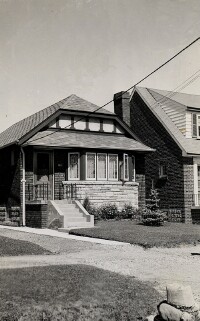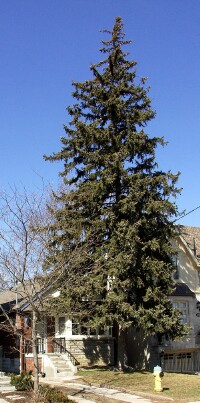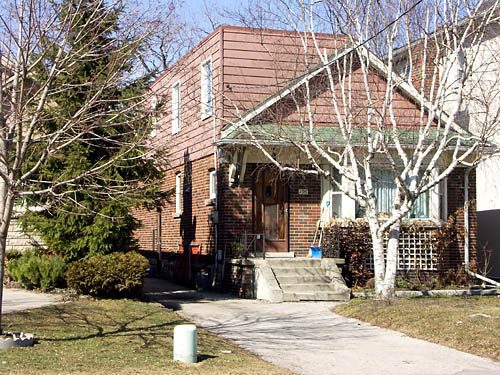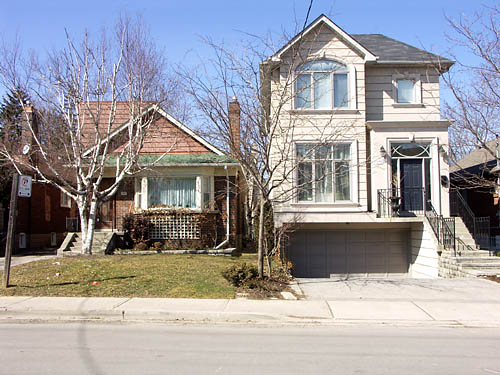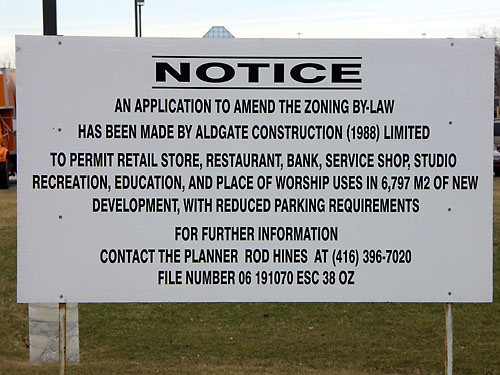Spring doesn’t seem in any particular rush to arrive so let’s take a final look back at the state of outdoor skating in this town. The city’s Parks and Environment Committee recently received an extensive review (PDF) of its outdoor skating rinks from the Centre for Local Research into Public Space (CELOS), the research arm of the Friends of Dufferin Grove Park. The paper casts an unflattering spotlight on the state of management of the city’s rinks, condemning everything from staffing and policy to signage and maintenance.
Although the problem rinks discussed in the report are rarely identified by name, they sound suspiciously like my two neighbourhood rinks in Riverdale Park and Withrow Park. Mind you, I’m sure that most rinks in the city suffer the same problems.
On the positive side, CELOS mentions that Toronto operates more outdoor artificial ice rinks than any city in the world. Rather than having one or two large central rinks, we scatter ours throughout the city’s neighbourhoods. It’s one of the small touches that makes Toronto unique.
The report provides interesting reading for people who skate — or refuse to — at their local rinks. Although it contains many common-sense and inexpensive recommendations, I anticipate resistance at council. I’m sure that at least a few councillors will interpret this report as “we have problems with many of our rinks, therefore we should close several and concentrate on running just a few.”
(Related: I reviewed some of the rinks I skated at this past winter. See the Rink Review category for the posts.)
